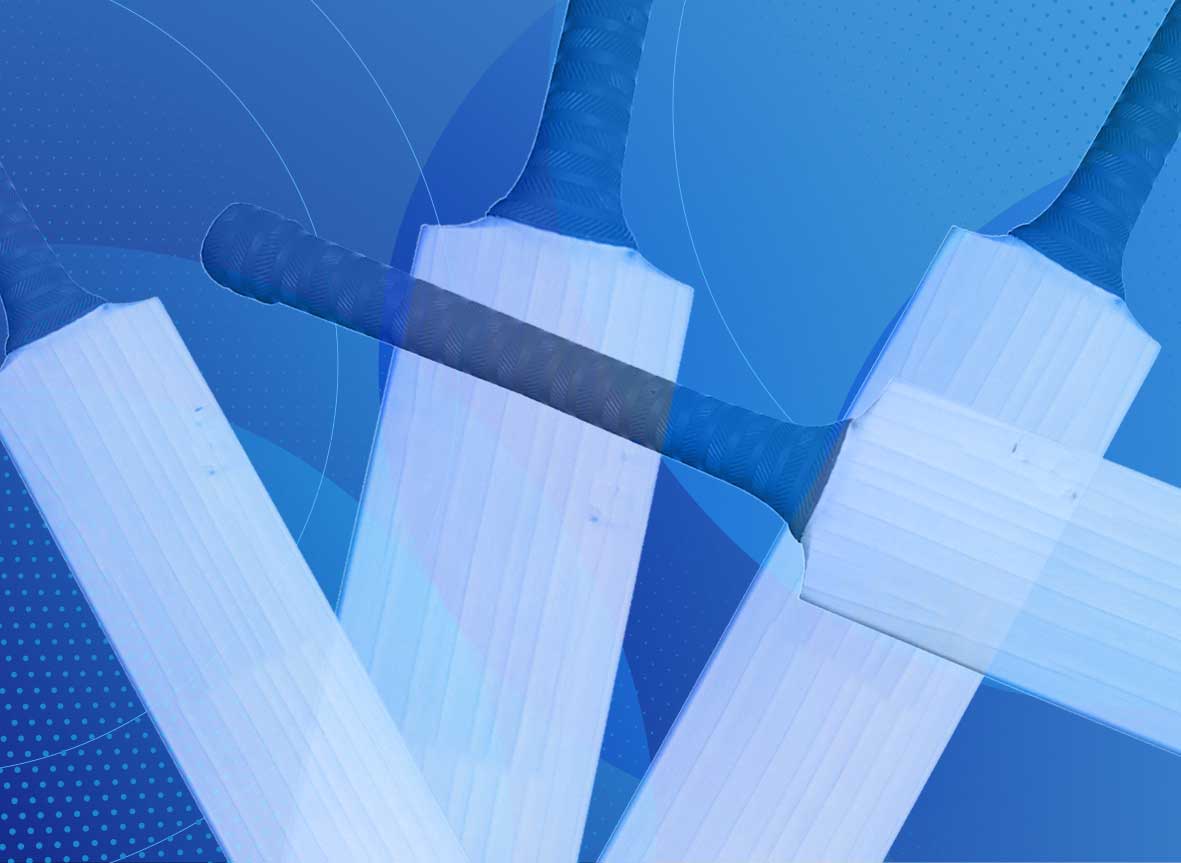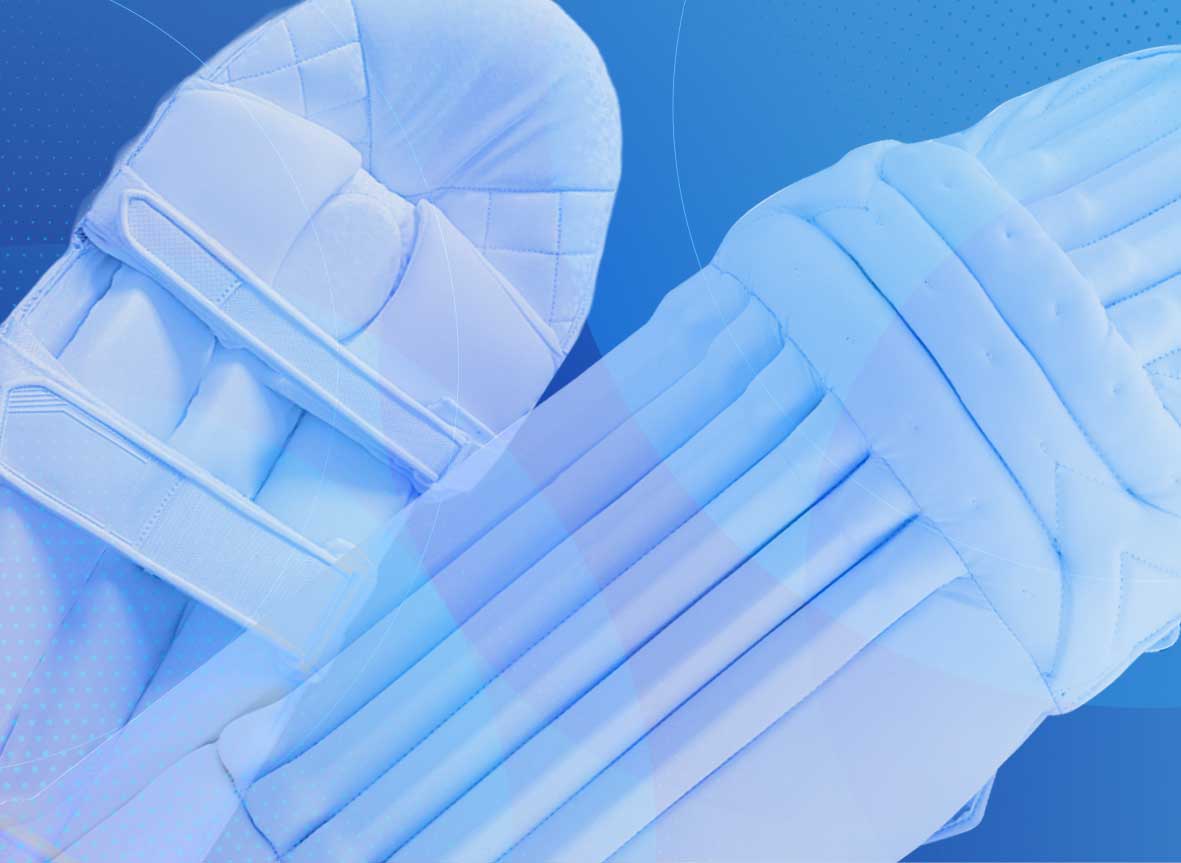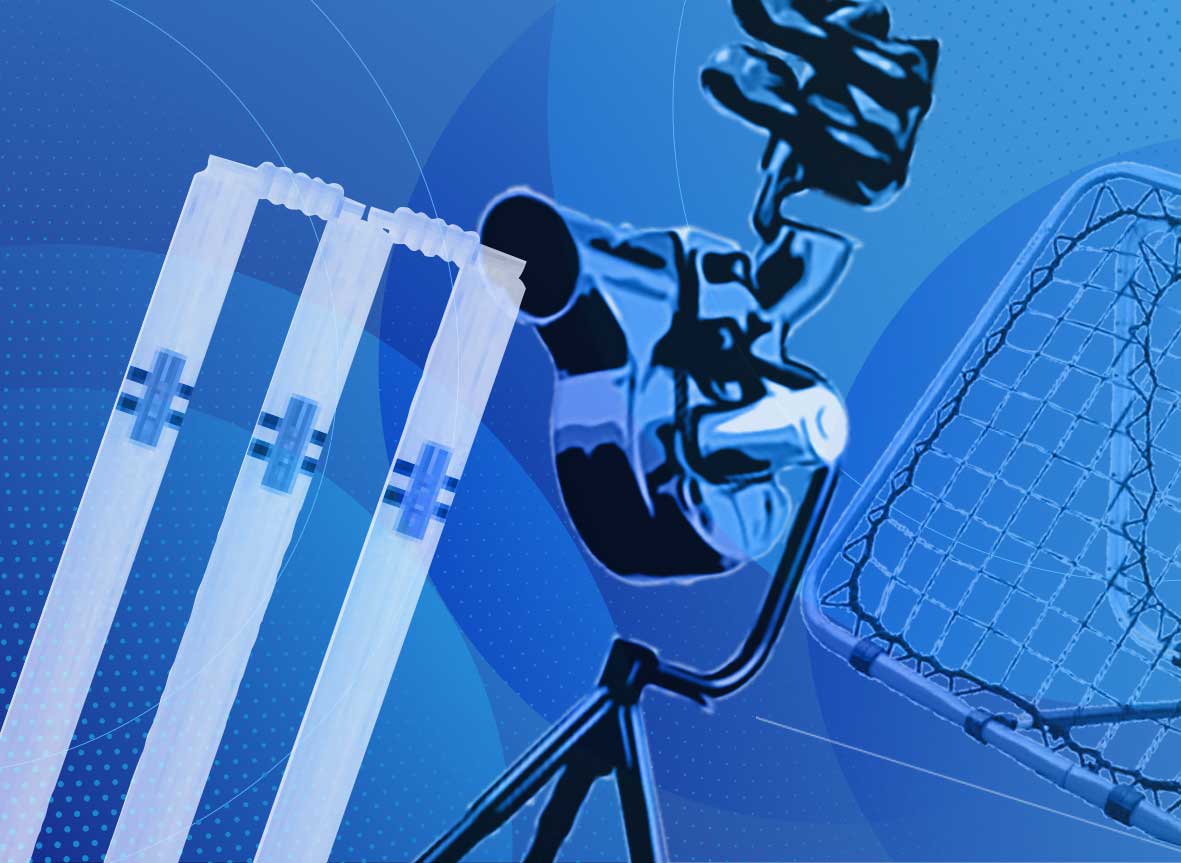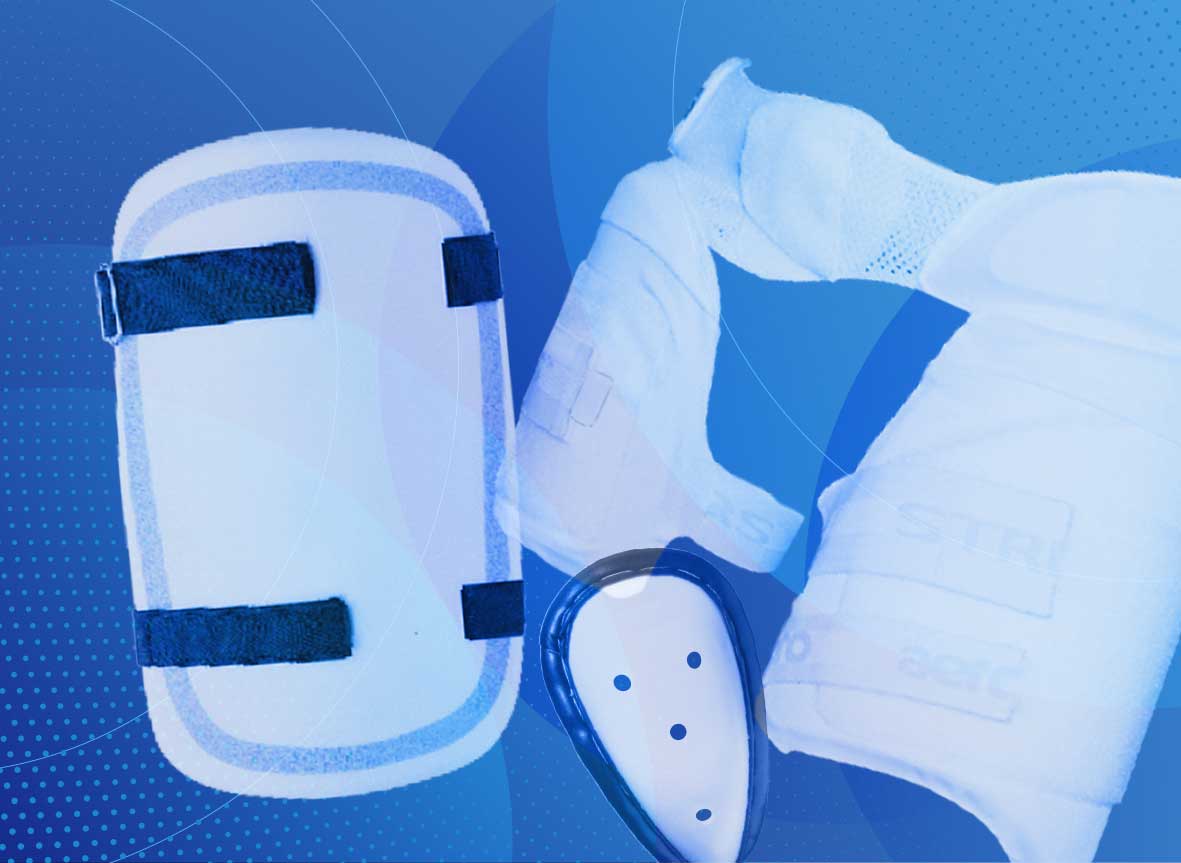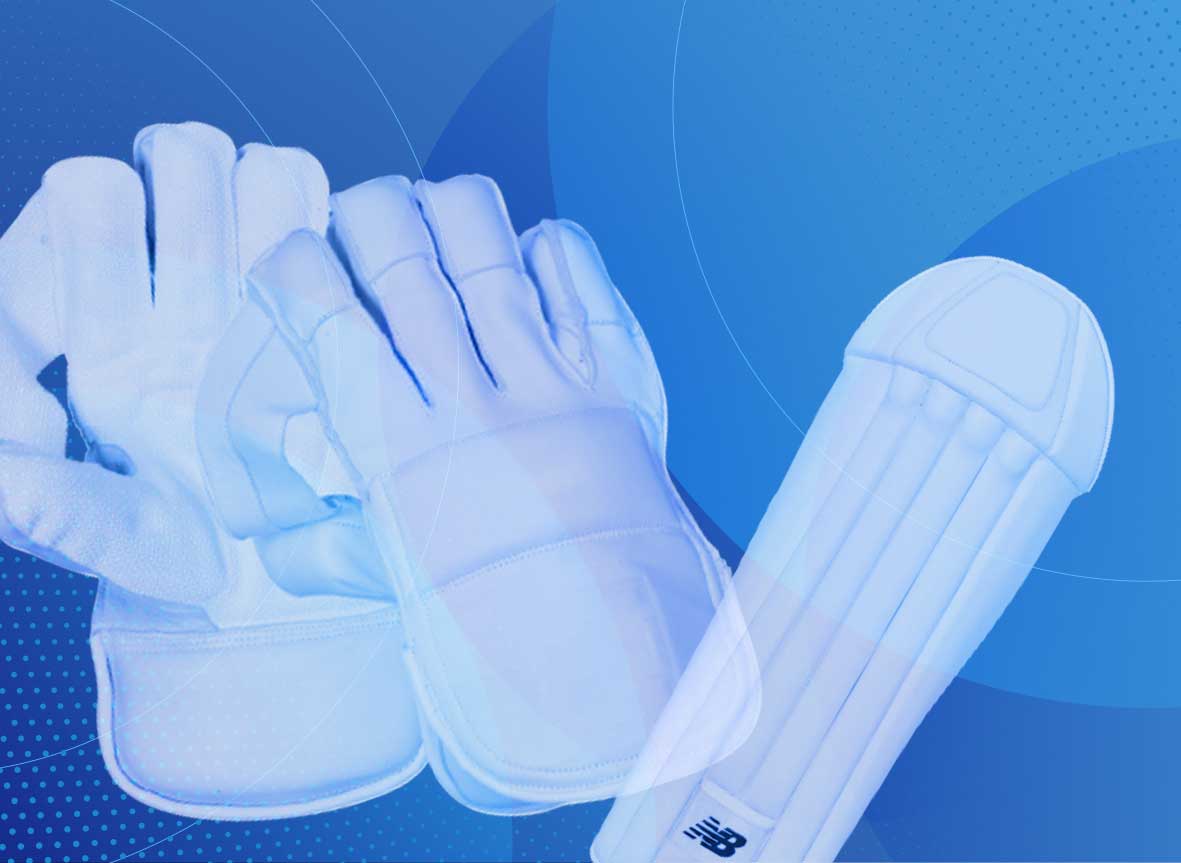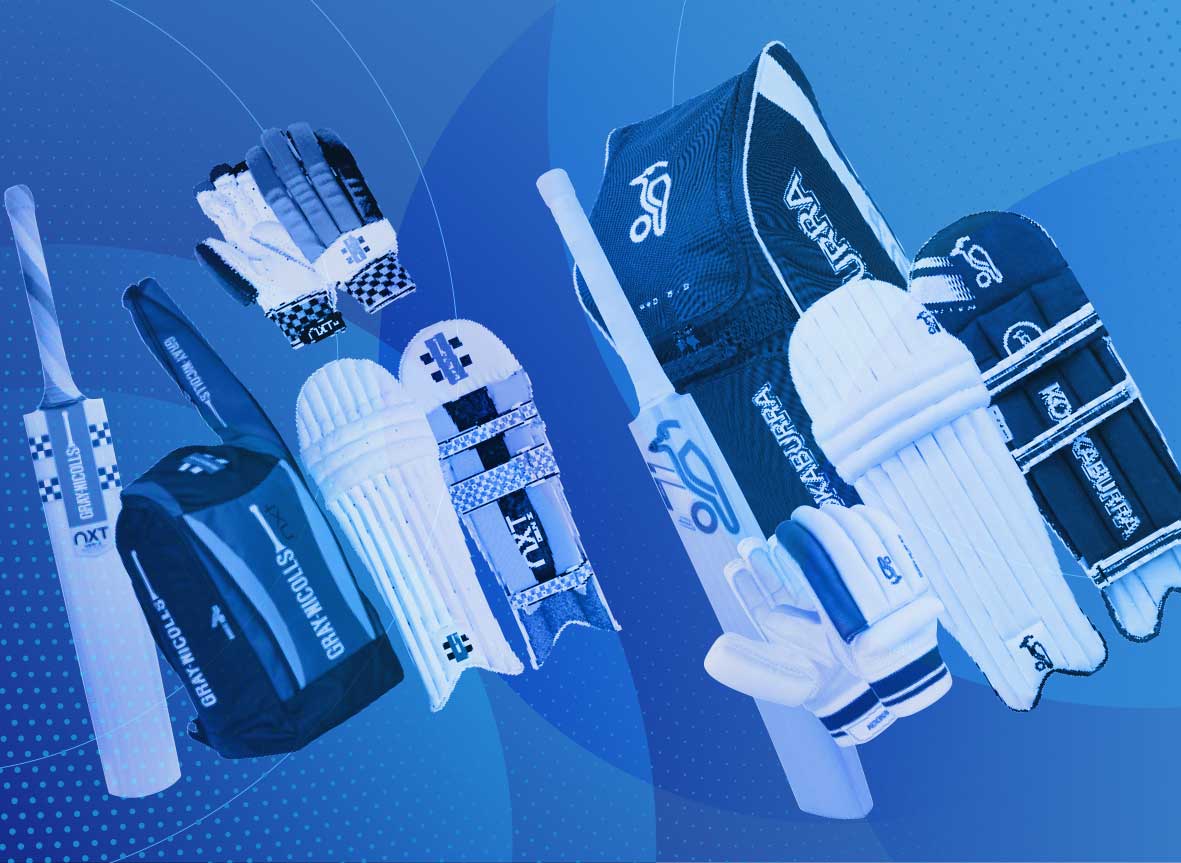Cricket Bats
At the Greg Chappell Cricket Centre, we know purchasing a new cricket bat can be an exciting, but sometimes daunting task. That's why we're happy to assist you in any way we can to select and prepare your new cricket bat!
Arguably the most exciting piece of cricket equipment you can buy yourself; here's your guide to selecting that perfect piece of willow.
1. Bat Size - Get It Right From the Start
This is fundamental. Junior bat sizes range from 00 (smallest) to SA (Small Adults)
Size 00, 0, 1, 2, 3, 4, 5, 6, Youth/Harrow, Small Adults
For juniors who might be just about to start their cricketing journey, the bat should reach your hip bone comfortably when standing upright with the bat resting on the ground.
Senior size bats are usual:
Short Blade (SB), Short Handle (SH) , Long Blade (LB)
The most common adults size bat is the Short Handle, which suits the vast majority of players. Long Blade bats are available for taller players (typically over 193cm) who prefer a longer hitting area. Short Blades can be perfect for those with a slighter build, this could be an adolescent moving into their first senior bat, or a female cricketer
Always check the manufacturer's size chart and where possible, get a fitting from one of our GCCC Kit Crew – a bat that's too long or too short will throw off your balance and timing.
SIZE GUIDE

2. Bat Weight
This is highly personal.
For Junior bats, the manufacturing will always try to make these as lightweight as they can for the kids.
For Senior cricket bats, they typically range from 2lb 7oz to 3lb+.
Too Heavy: A bat that's too heavy will slow your bat speed, make it difficult to adjust to quick deliveries, and lead to fatigue.
Too Light: A bat that's too light might feel whippy, but it can lack power and sometimes lead to a loss of control if you over-swing.
The "Pick-Up" Test: This is more important than the actual static weight on a scale. Hold the bat by the handle and extend it in front of you. Does it feel balanced? Does it feel lighter than its actual weight? This "pick-up" is critical for comfortable manoeuvring and quick hand-eye coordination. A well-balanced heavier bat can often feel lighter on the pick-up than a poorly balanced lighter bat.
3. Sweet Spot Position
Tailor your sweet spot to your style of play - usually cricket bats will be marked as having a low, mid, or high sweet spot.
Here's a breakdown below:
Low Sweet Spot: Favoured by front-foot players, typically those playing on flatter, slower pitches (less common here, but good for driving).
Mid Sweet Spot: The most common and versatile profile, suitable for all-round players and a good choice for the variety of pitches we encounter.
High Sweet Spot: Preferred by back-foot players, or those playing on bouncier pitches (like some fast wickets). Good for cutting and pulling.

PROFILES
4. English vs Kashmir Willow
This is a BIG one!
So what's the difference?
English Willow: This is the gold standard for cricket bats due to its superior performance, lightness, and responsiveness. It's renowned for its fantastic "ping" (the sound and feel of the ball coming off the bat).
English Willow is typcially graded (Grade 1 being the highest, then 2, 3, etc.). Higher grades typically have more unblemished grains, better performance, and a higher price tag. But Don't be afraid of a few blemishes or a slightly lower grade if the bat feels good – sometimes a Grade 3 bat can outperform a Grade 1!
Kashmir Willow: This is a more affordable and durable alternative. However, it's typically heavier and doesn't offer the same "ping" or feel as English willow.
Kashmir willow is ideal for casual play, beginners, or those on a tighter budget. For serious match play, especially at higher levels, English willow is highly recommended.
Still not sure? Don't Be Afraid to Ask!
Our staff at the Greg Chappell Cricket Centre are very knowledgeable and can offer tailored advice.
Remember, once you buy your new English willow bat, it will need knocking in before use.
You can check out our range of GCCC Exclusive Knock in Services here -
Or if you want to give it a crack yourself - check out our DIY Knock In Guide
May your new blade be filled with runs and boundaries!
If you require further expert advice and assistance in hand-selecting your new bat please call us on 1800 469 928 or email us on enquire@cricketcentre.com.au our cricketing experts will be happy to help!



